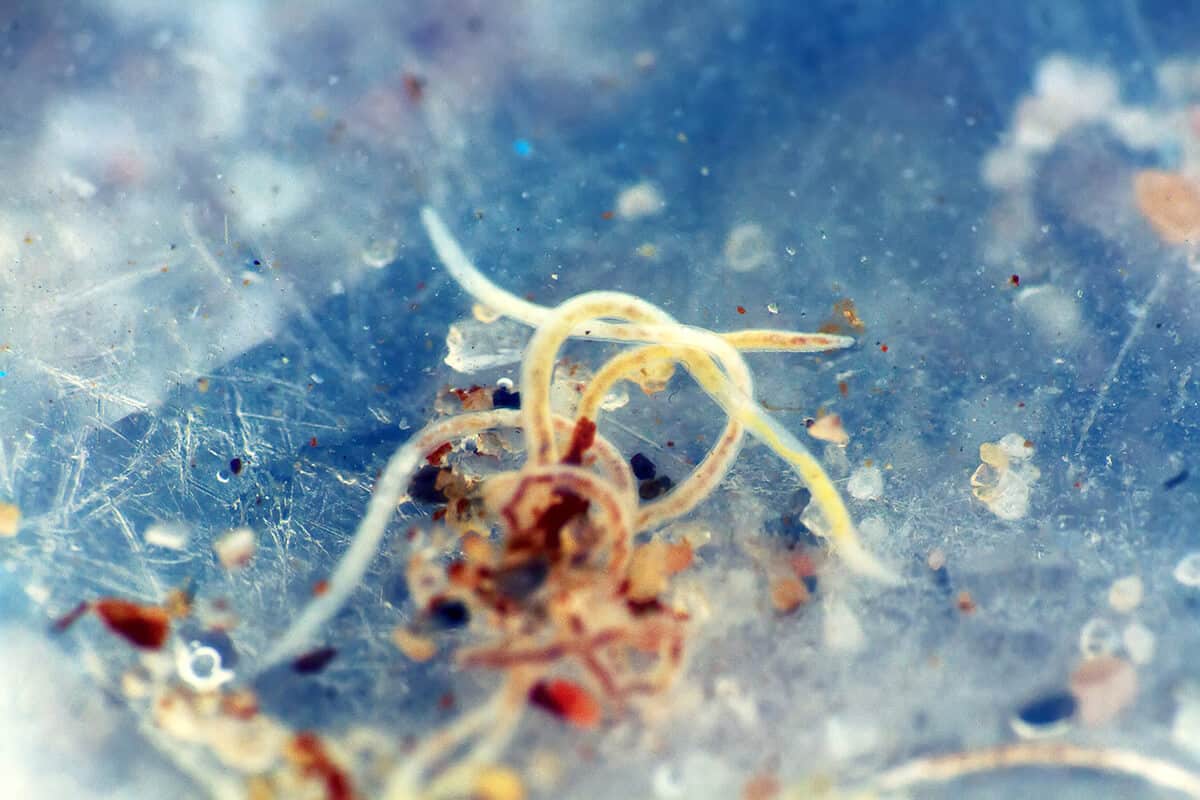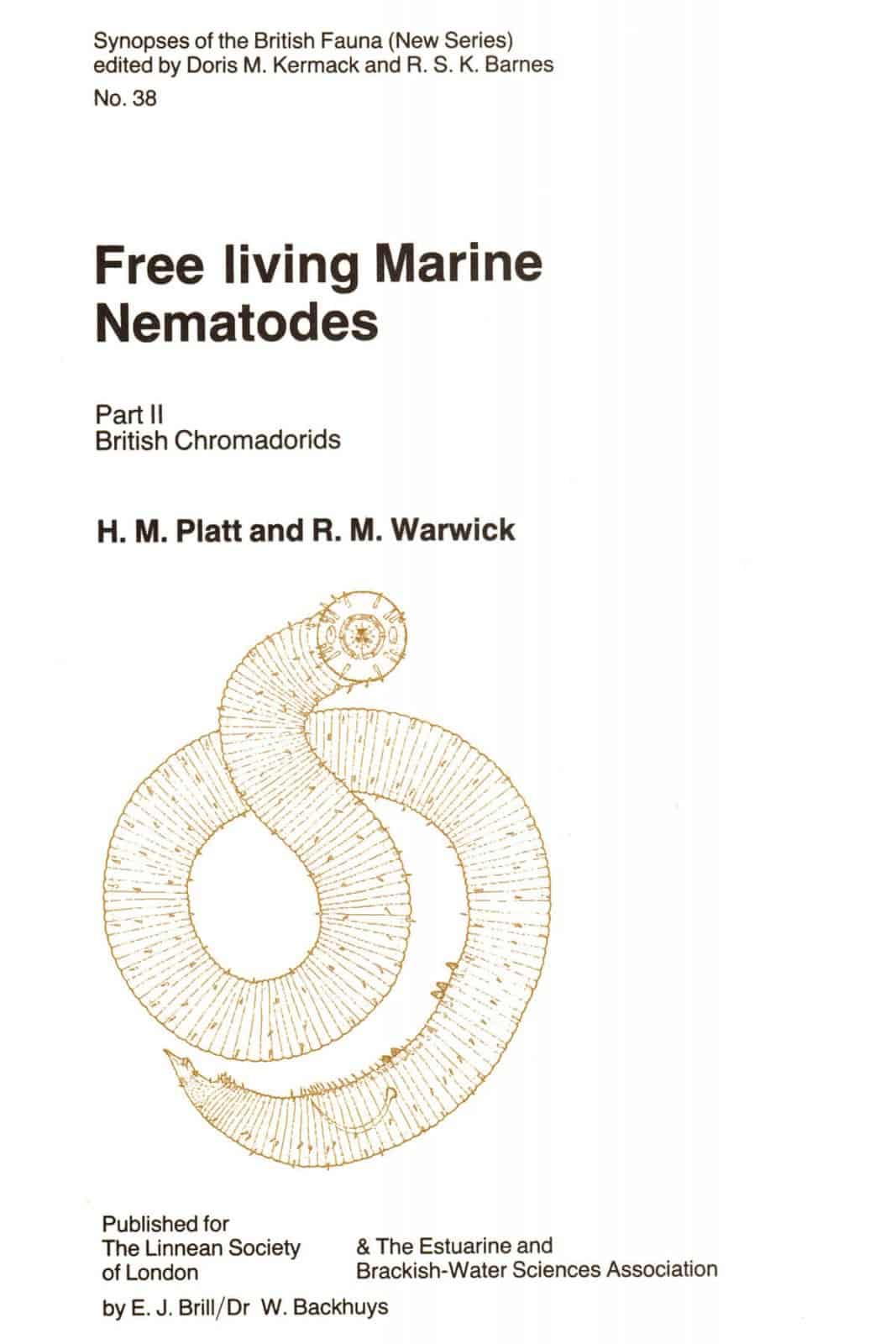Chromadorids: Marine nematodes 2
The second volume in the series on the free-living marine nematodes covers covers the British chromadorids. The chromadorids are small nematode worms mostly less than 2mm long. So they form part of the meiofauna in marine habitats. This Synopsis uses pictorial keys, enabling the user to evaluate visually several characters and character combinations simultaneously.
Nematodes are small worm-like animals occuring in almost every environment, including soil, freshwater and the marine benthos. As well as existing as free-living forms, other nematodes parasitise plants and other animals, including humans. Worldwide there are around 4000 free-living marine species, with around 450 species around Britain and Ireland.
Collection of nematodes in intertidal or shallow subtidal sediments is relatively easy. But for collection in deeper water diving is generally necessary. There are several methods to extract nematodes from sediment. For identification, live or fixed worms can be mounted on a microscope slide in seawater.
Synopses of the British Fauna is a series of identification guides. Each volume in the series is a detailed account of a group of animals. They bridge the gap between standard field guides and more specialised monograph or treatise. Since 1993 the the Field Studies Council has published these guides on behalf of the Linnean Society.
These volumes are suitable for the lab or field. The editors aim to keep them as user friendly as possible, with technical terminology at a minimum and a glossary of terms. However the complexity of the subject matter makes the books more suitable for the more experienced practitioner.


